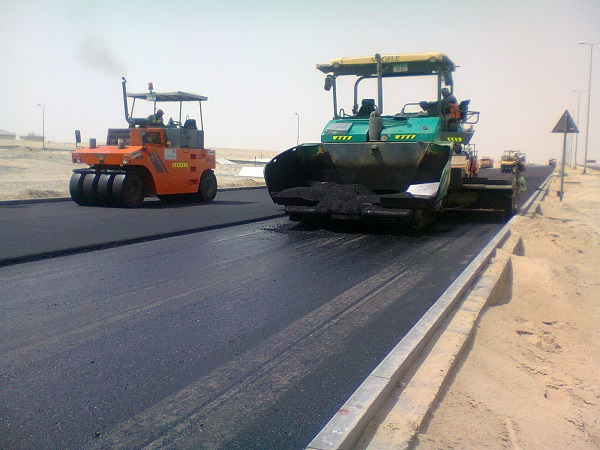Import of new and used forklifts and electric generators


Import of new and used forklifts and electric generators
Introduction
Road construction has always played a vital role in modern infrastructure development, facilitating transportation and connectivity. The effectiveness and efficiency of road construction largely depend on the right equipment and components. This guide covers various essential tools, machinery, and materials used in road construction, providing insights into their functions, types, and best practices.
Importance of Road Construction
Road construction is essential for several reasons:
1. Economic Growth: Well-constructed roads support economic activities by improving transportation and accessibility.
2. Safety: Proper roadways reduce accidents, providing safer travel for all vehicles.
3. Connectivity: Roads link rural and urban areas, enabling smoother movement of goods and people.
4. Environmental Impact: Thoughtfully planned roads help minimize environmental damage by reducing travel time and optimizing routes.
Key Components of Road Construction
1. Earthworks
Earthworks encompass all activities involving the movement of soil and rock. Key aspects include:
– Excavation: Removal of soil to create a foundation for the road.
– Fill: Adding soil or other materials to raise the road surface.
– Grading: Leveling the ground to ensure proper drainage and road stability.
2. Base Course
The base course is crucial for supporting the road surface and ensuring longevity. Key types include:
– Granular Base: Composed of crushed stone or gravel, providing excellent drainage.
– Stabilized Base: Mixed with cement or asphalt, enhancing strength and durability.
– Mechanical Stabilization: Utilizes machinery to compact and stabilize materials for maximum strength.
3. Pavement
Pavement types significantly affect the road’s performance. Common options include:
– Asphalt Pavement: Flexible and easy to maintain, ideal for high-traffic roads.
– Concrete Pavement: Durable and long-lasting, suitable for heavy loads but initially more expensive.
– Composite Pavement: Combines both asphalt and concrete for enhanced performance.
Essential Equipment for Road Construction
1. Excavators
Excavators are vital for large-scale earthmoving projects. They consist of:
– Boom: The arm that extends to reach the digging area.
– Bucket: Used for digging and scooping materials.
– Cab: The operator’s area with controls for maneuvering.
2. Bulldozers
Bulldozers are heavy-duty machines used to push large quantities of soil, sand, or debris. Key features include:
– Blade: A wide metal plate at the front for pushing materials.
– Tracks: Provide stability and traction on uneven surfaces.
3. Graders
Graders are used to create a flat surface. They feature:
– Long Blade: Adjustable for precision grading.
– Articulated Steering: Allows for greater flexibility in turning and maneuvering.
4. Rollers
Rollers compact soil and asphalt to ensure a stable road surface. Types include:
– Static Rollers: Use weight to compress materials.
– Vibratory Rollers: Use vibration for enhanced compaction.
5. Pavers
Pavers lay asphalt on the prepared surface. Key components include:
– Hopper: Holds the asphalt mix.
– Screed: Levels and smooths the asphalt as it is laid.
Safety Considerations
Safety is paramount in road construction. Key practices include:
– Personal Protective Equipment (PPE): Helmets, gloves, and reflective clothing should be worn at all times.
– Site Management: Clear signage and barriers to direct traffic and keep workers safe.
– Regular Training: Operators should receive ongoing training to stay updated on safety protocols and equipment operation.
